After President Donald Trump retweeted false videos about radical Islamic terrorism last week, Twitter changed its rationale for allowing the tweets to remain up. In explaining the new reason, Twitter’s CEO admitted that the social media platform had misinterpreted its own policies. This was a crucial admission, following the nearly week-long suspension of PJ Media D.C. editor Bridget Johnson, an award-winning journalist and terror expert, with no explanation.
“We mistakenly pointed to the wrong reason we didn’t take action on the videos from earlier this week,” Jack Dorsey, co-founder and CEO of Twitter and CEO of mobile payments company Square, admitted in a tweet Friday. “We’re still looking critically at all of our current policies, and appreciate all the feedback.”
We mistakenly pointed to the wrong reason we didn’t take action on the videos from earlier this week. We’re still looking critically at all of our current policies, and appreciate all the feedback. See our safety calendar for our plans and ship dates. https://t.co/yGytH3eskM
— jack 🌍🌏🌎 (@jack) December 1, 2017
Trump retweeted three videos purporting to reveal Muslim violence Wednesday. The videos turned out to be old and mislabeled, and liberals demanded Twitter remove them because they would offend Muslims. Conservatives argued that Trump should have tweeted more reliable instances of radical Islamic terrorism, and that these out-of-context videos actually undercut his valid point.
On Thursday, a Twitter spokesperson told CNN why the social media platform did not remove the tweets. “To help ensure people have an opportunity to see every side of an issue, there may be the rare occasion when we allow controversial content or behavior which may otherwise violate our rules to remain on our service because we believe there is a legitimate public interest in its availability,” the spokesperson said.
On Friday morning, however, the Twitter Safety account explained that this was a misapplication of the policy.
“Earlier this week Tweets were sent that contained graphic and violent videos. We pointed people to our Help Center to explain why they remained up, and this caused some confusion,” the account noted. “To clarify: these videos are not being kept up because they are newsworthy or for public interest. Rather, these videos are permitted on Twitter based on our current media policy.”
To clarify: these videos are not being kept up because they are newsworthy or for public interest. Rather, these videos are permitted on Twitter based on our current media policy. https://t.co/RqEQy3skgc
— Twitter Safety (@TwitterSafety) December 1, 2017
The tweet linked to a policy statement that “will be updated later this year to include hate symbols and hateful imagery.” The current form of the policy noted that “some forms of graphic violence or adult content may be permitted in Tweets when they are marked as sensitive media. However, you may not include this type of content in live video, or in profile or header images.”
The policy also added that Twitter “may sometimes require you to remove media containing excessively graphic violence out of respect for the deceased and their families if we receive a request from their family or an authorized person.”
The statement noted that sensitive media may be labeled — or in the case of live video, removed entirely. Users can mark their own media as sensitive before posting it.
Kai Ryssdal, host and senior editor of the business radio program Marketplace, mocked Dorsey and Twitter for this revision. “Also, his dog ate his policies,” Ryssdal tweeted, citing the classic excuse for unfinished homework.
Also, his dog ate his policies. https://t.co/1e7aE4PdGq
— Kai Ryssdal (@kairyssdal) December 1, 2017
While the current policy is not remarkable, Twitter’s rejection of the original explanation for keeping the videos retweeted by Trump certainly is, especially in light of the social media platform suspending conservative journalists.
In September of last year, PJ Media’s Glenn Reynolds, a University of Tennessee law professor known as Instapundit, was suspended from Twitter but later reinstated, after “#FreeInstapundit” started trending.
PJ Media writer Megan Fox has also been repeatedly suspended from Twitter, most notably after her articles were read on Rush Limbaugh’s radio program.
Last week, however, PJ Media’s Washington, D.C. editor, Bridget Johnson — an award-winning journalist who has written for The Hill, the Rocky Mountain News, the Los Angeles Daily, NPR, USA Today, The Wall Street Journal, National Review Online, Politico, the New York Daily News, The Jerusalem Post, the New York Observer, The Washington Times, and RealClearWorld — was also suspended from Twitter. Johnson does not engage in aggressive behavior on the platform. Some have used Twitter to abuse others, but Johnson is not among them.
Rather, she is a respected terror analyst known for her impartial reporting. Even so, Johnson’s account remains suspended, while Instapundit’s and Fox’s have been restored.
Twitter’s confusion about its own policies is unsettling, but it is especially so in light of Johnson’s continuing suspension.
With organizations like the Southern Poverty Law Center (SPLC) pushing for online censorship and working with tech companies like Google and Facebook — whom the SPLC blamed for Dylann Roof’s terrorist attack on a historically black church in 2015 — it is vitally important for social media companies to take a stand for free speech and set forth an unambiguous policy.
Twitter owes Johnson an explanation, and an apology. If the platform is going to mark and remove sensitive content, and suspend users for various reasons, it owes users a steady, unambiguous standard for doing so.



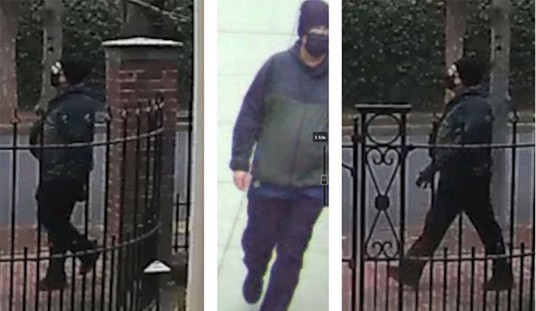

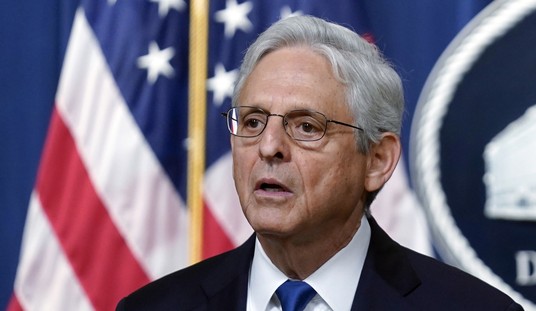
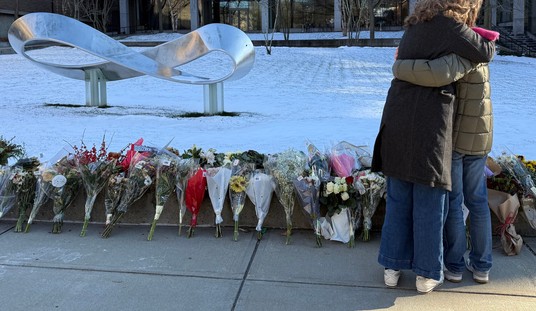
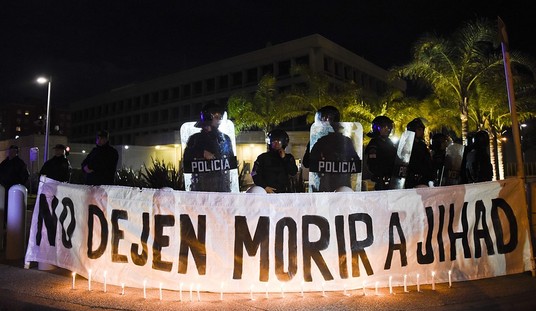
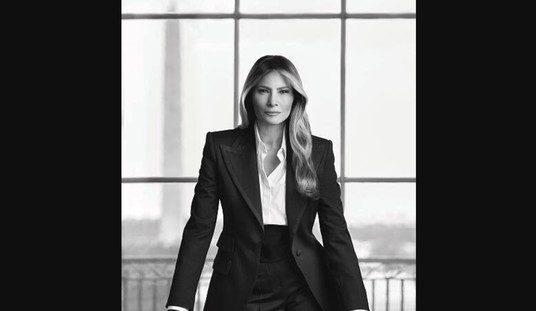
Join the conversation as a VIP Member